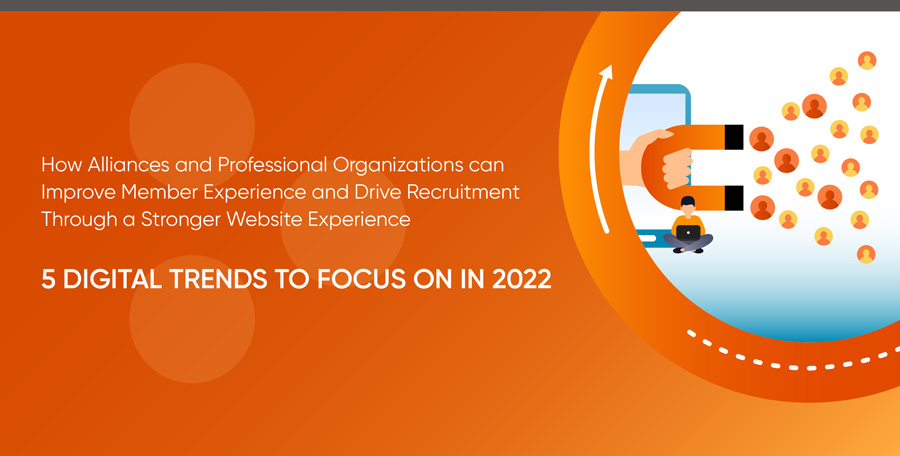
insider insights
DEI in website design
How DEI Can Strengthen User Experience
How can DEI principles lead to stronger, more effective user research–and a stronger, more inclusive user experience? Our latest post shares four ways.
Don’t Let Your Own Biases Derail Your Website Design
How can you get beyond your own biases to create a website that truly works for users? Start with four essential tips.
Understand the Relationship Between DEI and Website Usability
How can DEI strengthen your website usability? Aline Lin, Astriata’s CEO and creative director, shares strategies from a recent talk.
the trifecta
usability
Your audience may span a wide spectrum of people, with differences ranging from race, culture, and age to role, socio-economic level, and comfort with technology. Start with your top audiences and consider conducting usability testing to supplement your user research for each audience. You may find that what is intuitive for one group is not for another.
design
A lack of contrast between text and background color can make your information hard to read. Here’s a tool we love that can help with exactly that! The WebAIM contrast checker allows you to input the hexadecimal value for the foreground and background colors — and then lets you know if your colors pass the test!
technology
How do you know if your site complies with Section 508, WCAG Guidelines, or ADA? It’s not enough to run your site through an application that will flag areas to be addressed. A hybrid approach of both automated and manual testing is needed for a thorough audit.
mental memo from Aline
I’m itching for spring weather to finally stay in April. In the meantime, I want to share with you some articles on an important topic we covered in March, when we focused on how diversity, equity, and inclusion (DEI) relates to your website and user experience.
We chose this topic, in part, because our mission at Astriata is to empower people to make informed decisions. We believe usability and the user experience, supported by design and technology, play a critical role in information access, particularly since much of the information we seek is online.
Is your website inclusive for your target audience? This month, I was honored to deliver a talk on this topic, “Inclusion in Website Usability,” at the 2022 Nonprofit Technology Conference.
Finally, as an Asian American woman, the topic of DEI is personal, and I sincerely hope you find this information helpful.
Enjoy, stay well — and when it comes to usability, design, and technology, stay intentional.
![]()
project focus

Recently, we were fortunate to work on a rebranding project with Public Policy Partners (PPP ), a policy firm that represents many nonprofit organizations who are passionate about their causes and work to represent the underserved. See how we created a new brand that reflects the amazing energy and creativity they bring to their work.
cerebral matters
Curated resources that bring light to intriguing topics.
Accessible websites benefit all of us. But did you know that it’s also the law? The Department of Justice recently issued Guidance on Web Accessibility and the American Disabilities Act (ADA). The guidance states that the requirements of Title III of the ADA apply to “all the goods, services, privileges, or activities offered by public accommodations, including those offered on the web.”
What does that mean for you? If you are a business, nonprofit, local, or state government agency, your website content is required by the ADA to be accessible to people with disabilities. Note that websites of federal agencies and any entity that receives federal funding are required to meet Section 508 compliance. Last but not least, the go to standards for website accessibility are the WCAG 2.1 Guidelines, Level AA, set by the International Organization for Standardization (ISO).
resources to remember
“5 Digital Trends to Focus on in 2022”
Download our guide – and discover how to improve member experience and drive recruitment in your alliance or professional organization.



